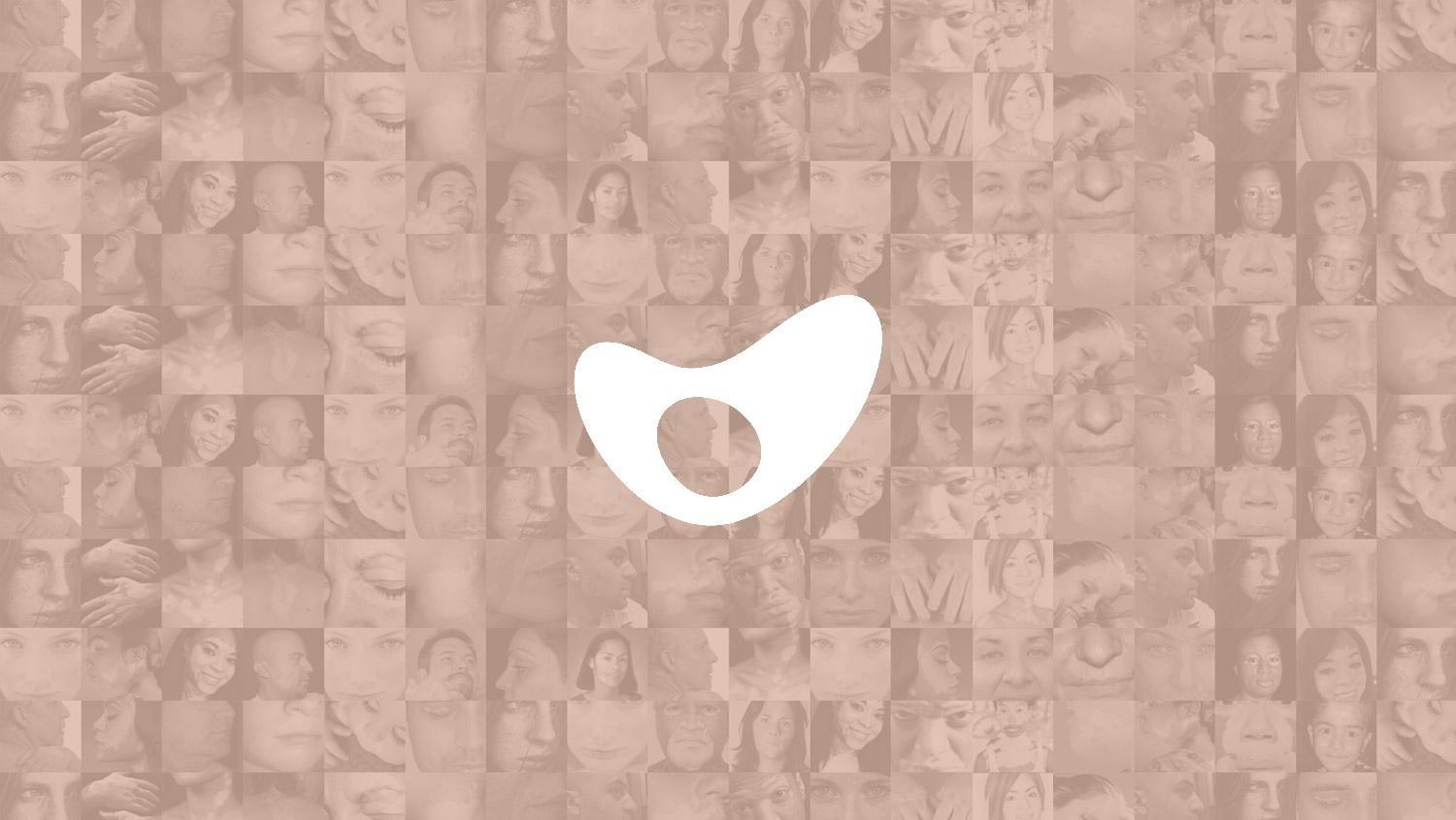
Psychology and Vitiligo: What is their connection?
The skin is a window to our psyche. The skin and the nervous system form simultaneously during embryonic life. So we see the effect of the psyche in the development of vitiligo, and also the treatment of vitiligo while providing psychological support. A change in appearance because of malformation causes significant aesthetic problems which often carry severe psychosomatic ramifications on the quality of life, and the family and sexual life of the patients. The patients don’t always get emotional support from their attending physician and many times get disappointed by unsuitable behavior towards them, an examination which lasts only for a few minutes and an apparent indifference to the psychological part of the condition. In the Psychodermatological Center for Vitiligo Treatment we combine psychological interventions regarding the self-confidence, quality of life and interpersonal relations of our patients, with personalized galenic medicinal preparations.
At the same time, part of the vitiligo treatment in our center is the improvement of a patient’s psychology.
The psychodermatological approach is based on methods of psychological support, since vitiligo leaves its marks not only on the body but also on the psyche of patients. Thus, stress and embarrassment caused by a deviation from the norm lowers quality of life and leads to social exclusion, while in many cases causes severe psychological disorders, and increases the (small, thankfully) number of patients who develop a psychiatric clinical picture. Recent announcements, by Alain Taieb and Mauro Picardo in January 2013, indicate that the numbers of patients with vitiligo having psychiatric conditions are up to 30% in Western Europe for people with light-colored skin and up to 75% in India where the patients’ skin is definitely darker.
In vitiligo we clearly see the influence the psyche has in the development of the condition. At the onset of vitiligo, an intensely stressful situation such as the death of a loved one, love disappointment, a divorce or a car accident becomes the psychosomatic phase when the psyche attacks the skin. Then, the image of malformation makes the patient panic, causes the expansion of vitiligo and constitutes the “somatic-psycho” (body to mind or bioneurological) phase.
In conclusion, we understand that psychology plays an important role at the onset and the further development of vitiligo as well; in addition, vitiligo affects the patient’s psychology in a multitude of ways.
In any event, at Vitiligo Center, we provide the necessary means and experience to assess the patient’s need for psychological support.
Furthermore, the successful treatment of vitiligo in our center constitutes a psychological therapy for the majority of our patient.



